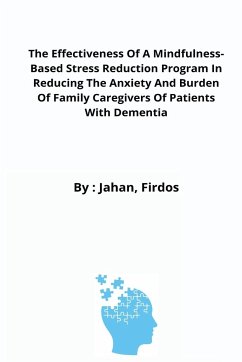INTRODUCTION AND REVIEW OF LITERATURE 1.1 Background of the Study An act of caregiving is not always an expression of nurturance, rather prolonged caregiving, especially to the persons with major neurological disturbance like dementia turning into a burden and a matter of worry. Wingham, Frost, and Britten (2017) in their qualitative study "Behind the smiles" of the cij ers found that caregivers often hide the extent of emotional stress and an@i!l hey go through. · the patient, sense of hopelessness, changing sense e, learning care skills, and ignoring one's own health. Researches have, onducted in India to study of rli quality of life of caregivers, however the , a:ve failed to identify the reason, behind their poor quality of life (Srivas tav!( fipathi, Tiwari, Singh, & Tripathi, 2016). The . potential causes behind poor q ¿ : i fy of life among the caregivers of dementia patients V are the perceived burdeQ at could be psychological, financial, to serve physical presence etc. and the rry that even after caregiving the disease cause continuous deterioration , e patient's condition who are the loved ones in their life like the mother, t her, the grandmother, the grandfather or a loving neighbor (Srivastava, Tripathi, Tiwari, Singh, & Tripathi, 2016) Worry and burden has significant deleterious effect on caregiver's well-being. Interventions like mindfulness-based stress reduction technique help caregivers to manage their worry and burden who are caring family members with dementia. Mindfulness is a standardized meditation program especially designed to reduce stress by creating attention to present moment and by developing openness to experience ,,,
Bitte wählen Sie Ihr Anliegen aus.
Rechnungen
Retourenschein anfordern
Bestellstatus
Storno








